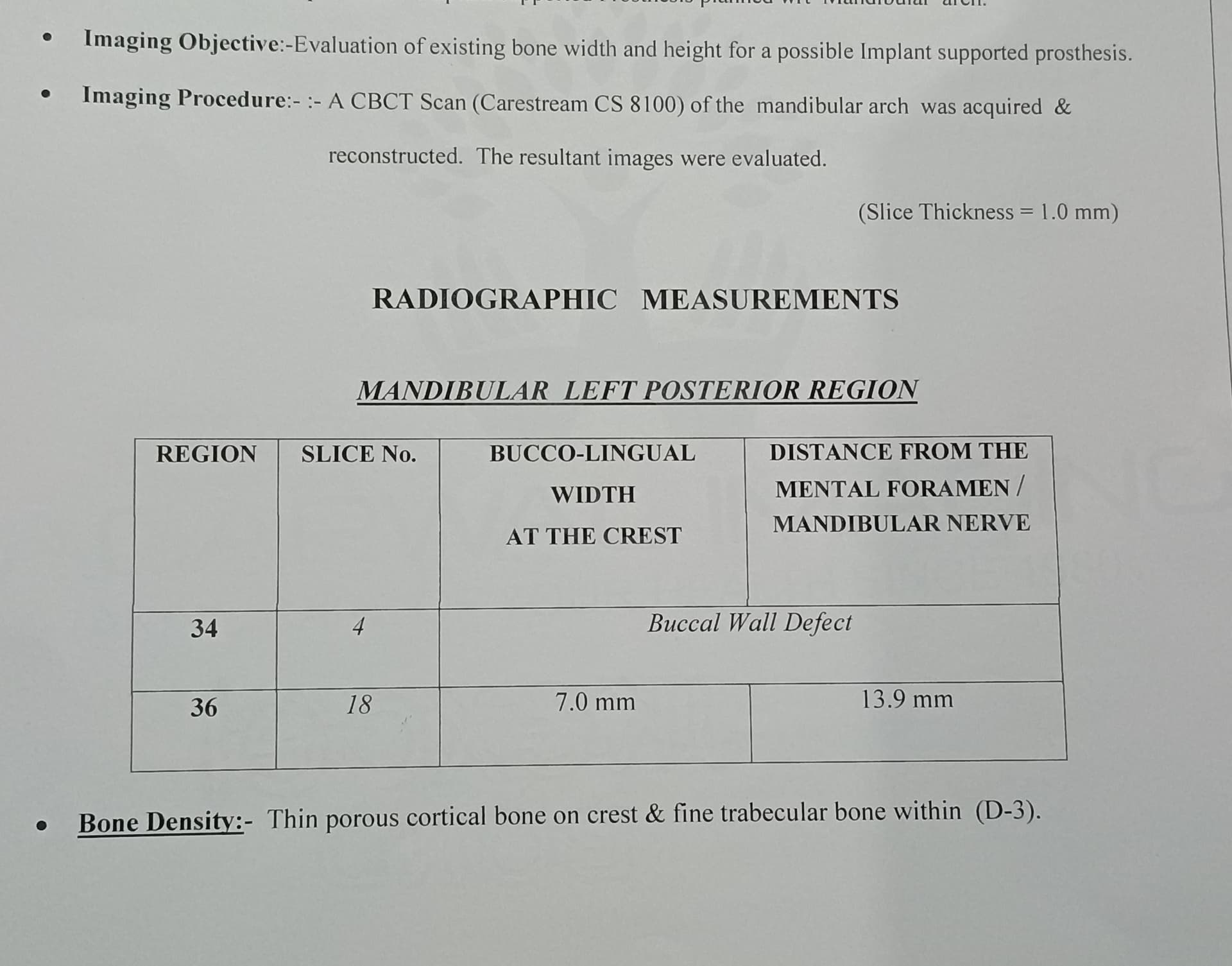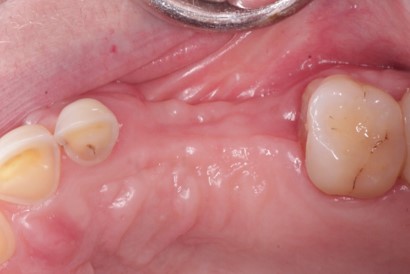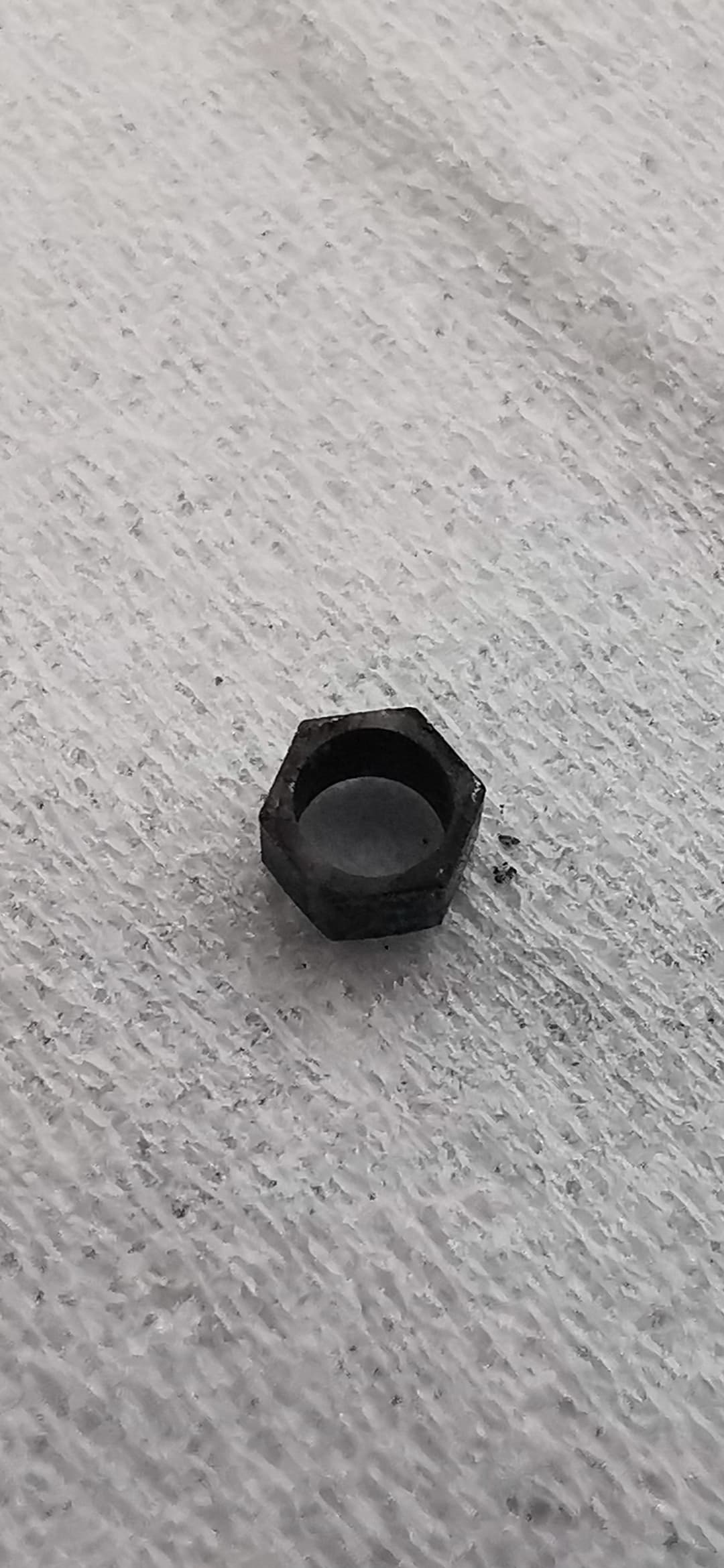Torn Schneiderian Membrane
Jason, a dental implant patient from New York, asks:
Several months ago I had a Sinus Lift and Bio-Oss was used. The dentist told me that he had torn the Schneiderian Membrane during the procedure. He used 7 grams of Bio-Oss along with Bio-Guide.
I started having very high fevers from the day after the procedure and a major post nasal drip of pus. I was placed on antibiotics and so far I have had 7 rounds of them and still not getting better.
Is it possible that the sinus lift site was overpacked with Bio-Oss. What could happen if the Schneiderian Membrane was not completely fixed? Could that be causing me problems? Should I have the graft material taken out? Any input is greatly appreciated. Thank You
18 Comments on Torn Schneiderian Membrane
New comments are currently closed for this post.
Dr. Kimsey
1/16/2007
Fact is that everyone will tear a membrane at times and everyone will have a case where you do not get the result you want to achieve for your patient but after several months of repeated infections it is best to remove what your body can not resorb.
Steven A. Guttenberg, DDS
1/16/2007
Jason:
First it would be important to find out the etiology of your fever and the post nasal drip to see if it is related to your sinus surgery. While it most likely is, considering the timing of events and the history of a torn membrane, there is a small possibility that it is not.
A CT (computed tomogram) and appropriate physical and possiblly endoscopic sinus examinations should be acquired to see if the operated sinus is the source of your infection. If it is, a Caldwell-Luc procedure ar an endoscopic sinus procedure should be performed. If the graft material is loose and not well condensed, it should be thoroughly curetted from the sinus. That material and any pus that is found should be cultured to find the responsible bacteria and to also find the best antibiotic for you. The sinus should be irrigated and most likely packed. You will most likely need to be on antibiotic therapy for one to two weeks following the surgery
Tony Woo, DDS
1/16/2007
Jason:
You and your dentist should be consulting an Ear, Nose, and Throat doctor. As Dr. Guttenberg advised, a CT scan should be obtained. If the infection is from the sinus bone graft, which is most likely, the graft should be removed as soon as possible as part of the treatment for the infection. An endoscopic sinus procedure is usually needed if the drainage system of the sinus into the nose is blocked.
Dr. Klassman
1/16/2007
You have to ask a couple of questions. 1) was there a patent ostium pre-operatively. If not, then 7 grams of grafting could clog it and lead to problems. If the dentist repaired the torn membrane properly, then the procedures can usually go to completion. 3) with the number of infection, loss of the graft may be eminent. It might require the graft material to be removed. Dr. Pikos reports excellent techniques that repair torn membranes, but the number one complication is infections. 7% will have post operative problems. Hope this info helps.
SFOMS
1/16/2007
The patient is stating he is actively draining pus... are there any bone particulates in the purulent drainage? Do we really need to subject the patient to a $450 radiologic study? The ostium is obviously not blocked, or else he would have no drainage and markedly increased pain. The symptoms appear one day after this "sinus lift". I think the diagnosis of acute sinusitis secondary to sinus graft and perforated membrane is first on everyone's list. I dont need a CT scan to tell me that.
Consult an OMS and get this taken care of ASAP. After 7 repeated doses (that's a lot of antibiotics) should tell you that pills are not the answer. Seek a second opinion from an experienced Oral and Maxillofacial Surgeon, that would be my best advice for you. My guess is that you will at least require open debridement via Caldwell-Luc procedure to remove the residual bone particulate matter, the bilayer membrane and the polypoid tissue you will find surrounding all that.
Tony Woo, DDS
1/16/2007
I agree there is no need for a CT to make the diagnosis of acute sinusitis secondary to sinus grafting. However, after 7 rounds of antibiotics and still having the infection, the sinus anatomy and physiology is changed dramatically from that of a healthy one.
One could easily argue in this case that the membrane perforation is the cause of the infection, but pre-existing anatomic abnormality or secondary obstruction of the osteomeatal complex could be secondary factors leading to the infection or sustaining it. CT is only one diagnostic aid. As to the expense, a few hundred dollars is nothing compared to the potential benefits of early and complete diagnosis and treatment planning to resolve the patient’s problem.
As oral and maxillofacial surgeons, we are very comfortable and capable of handling the sinus during our procedures, but the diagnostic as well as surgical ability of ENT surgeons makes them a valuable resource in difficult sinus infections. I am sure many OMFS are comfortable in handling odontogenic sinus infections, but not many are capable of doing functional endoscopic sinus surgery, which is the preferred treatment of sinus obstructive disease. A sinus infection secondary to perforated membrane is an obstructive disease when the bone graft material interferes with the normal physiology drainage of the sinus. On the other hand, a Caldwell-Luc procedure is not indicated as the infected graft should be easily removed through the sinus grafting access window. There is no need to remove more bone and sinus membrane through anther access window. I do agree that removing the infected graft material is the most important step in resolving the infection.
Gary Wadhwa
1/16/2007
As oral & Maxillofacial surgeons, sometimes we see infections that are resistant to several antibiotics. Working with an Infectious Disease Physician will be very helpful. If you are a general dentist, you should immediately make a referral to Oral & Maxillofacial surgeon who will be familiar with ID specialist in his or her hospital...Gary Wadhwa
Dr. Richard Kraut
1/17/2007
After 7 rounds of antibiotics the graft needs to be removed ASAP. When the area being debrieded it should be cultured for both anerobic, aerobic bacteria and FUNGUS. 5 or 6 months after the infection is cleared up you can try again. Dr. Kraut
HT
1/17/2007
Question 1: What antibiotics were used in the 7 rounds? The same one or different ones? But which ones?
Question 2: Has any culture been taken of the pus?
Klebsiella is becoming more prevalent. Also sometimes a Staph infection can occur.
Question 3: Has the graft failed? (are there particulate matter in the discharge?)
Obviously if the answer to question 3 is yes, then removal of the remaining graft would be in order.
But to give advice without knowing what prior therapuetics were given or what more information available is ludicrous.
Pam LaShelle
1/30/2007
I too am having problems with an infection and problems ever since my sinus lift 4 months ago. I went to an ENT dr. and he said I have a sinus infection. I have had 2 courses of antibiotics and spent almost $1000 trying to get well.
My dentist said noone has ever had any problems with the sinust lift causing later problems.How common is it to have problems after a sinust lift?
Joan Hedrick
2/11/2007
I, too, am having problems with constant sinus congestion, drainage and pressure since my implant surgery 2 months ago. I am frantic to correct this problem since it has impaired my daily functioning. The implant material is solid and not loose. I noticed on the xray that the implants appear to push up the sinus membrane quite far right in the middle of the lower portion. I have consulted my implant specialist and she said it may take longer to heal. What are my options?
Alexis Molim Jr
3/6/2007
In all sinus lift surgery there is a risk of damage to the membrane. Some of them don't need repair, some need it and in some cases we need to abort the procedure. The most important thing to do when there is an infection that do not respond to antibiotics is to reopen the sinus, remove the infected material and rinse the sinus. Normaly the sinus will heal and the infection will desapear. This is a simple procedure that will resolve the problem. After 3 months the procedure can be performed again (garft) (this is not a rule, each case must be evaluated individualy). If you had implants placed with grafts and have active infection this does not mean that the implants will be lost but the graft material must be removed and the sinus rinsed with some antisseptic or antibiotic.
NYOMS
3/16/2007
I believe that in the several cases mentioned above of chronic sinusitis following graft/implant surgery, these patiens should be referred (or see) an ENT doctor (w/t he full understanding that we, as OMF's, often have issues w/ this). Frankly, it behooves us as OMS's to develop a gopod relationship w/ an ENT, just as we expect dentists who do surgery to refer the case upstream when the probalem exceeds their training & experience.
As one of the posters mentioned, a FESS is an elegant procedure (far more than a CAldwell _luc or re-entry) for examing the sinus, removing excess graft material, and improving drainage. It can also save a case. i have referred a handful of my patients w/ chronic sinusitis, large lesions etc. PRE-OPERATIVELY to the ENT - & so avoided, I believe some potential post-op problems. In addition, should the need arise, I now have a collegial relationship w a competent ENT.
Anyway, those pt's above could use a FESS, in my opinion.
NYOMS
3/16/2007
oops, sorry for the mispellings above
a zyburo
3/28/2007
help
i just had an inplantremoved. there was an infection noticed and the dentist removed the infection. it has been three weeks. i feel an ache in my cheek, ear, and head. when i told the dentist he said it 's probably tmj??????? he said I also had a hole in the sinus which should heal by itself. He put one stich and removed the stich in one week and said it was closing.
P.S. I had the pain for 1.5 years and the dentist kept saying it wasent the inplant. finally an exray showed bone loss. Is the pain normal after an extraction? Whatshould I do?
linda y. ongania
5/8/2007
osseonews: I had severe infection post sinus lift w/development of fistula & purulent drainage w/bio-oss leakage from same. purulent drainage-numerous alpha strep, blockage of osteomeatal unit w/bone & soft tissue destruction. antibiotics(varied) x's 3 mo. until finally debridement of bone & soft tissue. prosthedontist did not admit to puncture of membrane. none of the above tx's were suggested, but area finally healed post debridement. 2 cat scans were deemed necessary as well as too much lost time & altered quality of life, not to mention needless antibiotics.
thank you.
sincerely, linda y.
Richard Hughes DDS, FAAID
8/1/2009
Donna, I have several questions for you. What kind of sinus lift ie. Sommers or lateral window (Tatum)? What was used to graft the sinus? What was grew from the specimen for culture and sensitivity? This will give the physician/surgeon scientific resulty and can determine the proper antibiotic treatment.
Bruce McKelvy DDS MSD
8/1/2009
With any infection the best treatment is debridement in conjunction with antibiotics. I agree that the graft material needs to be removed; any sequestra from the operation needs to be removed.


















